A New Twist (on the Ancient Copse): Multipurpose Landscape Design
Picture in your mind, your ideal woodland landscape. Perhaps there are loose grasses and wildflowers that slowly morph into small, multi-stemmed trees. Open canopies, allowing a gentle breeze and sunlight to flow through. It's the kind of space that might evoke folkloric fairy gatherings or perhaps the ultimate sacred grove where one might encounter mythological beings.
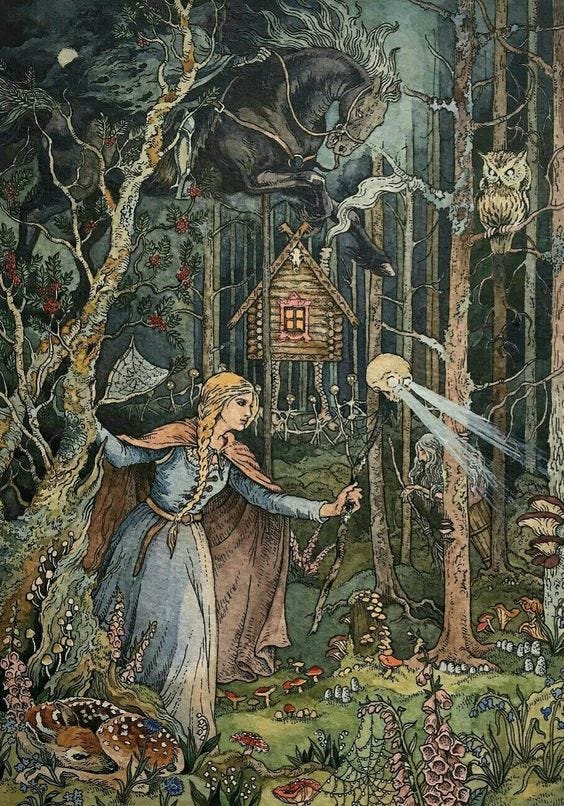
What you're picturing is a copse (or thicket), a human-made and maintained forest system that’s been in use for millennia. Where a wide range of woods are routinely cut back to the ground, encouraging many small trunks to sprout.
It’s a sustainable way to produce a reliable crop of small straight sticks and timber that can be used for a range of tasks and crafts. And, that's not all. It actually fits right in with all of the topics that we keep returning to in the current world of ecological planting design.
Coppicing also:
increases habitat value (from fungi to butterflies, birds and more)
provides a long-term carbon sink (copses can last centuries)
builds biodiversity (by providing a whole range of micro ecosystems)
makes great biochar (from off cuts)
prevents soil erosion
provides food crops (nuts, acorns)
creates a historical connection to the land
fits almost any scale (coppicing keeps trees in a juvenile state)
fits in with the current movement towards food forests, permaculture and no dig ethos
is just plain beautiful
So What Exactly is Coppicing?
It's a pruning technique that takes advantage of many woody shrubs and trees ability to regenerate multiple stems from their stumps and roots after they've been cut down. A coppiced plant is one that has been cut back to the ground repeatedly creating a stool, from which many smaller straight sprouts will emerge. These can be harvested in the short-term as sticks, or left over a period of years to produce poles and timber. A wood of coppiced trees, is known as a copse, that thicket-type of woodland that we spoke about earlier.
History of the Copse
The art of coppicing pre-dates history. With a simple act of pruning, the wood that's produced is perfect for a variety of traditional crafts, as well as, fuel, building materials and fodder for livestock. It's the ultimate low-input, high out-put gardening technique, that we should all be taking advantage of today.
At one time, every village, estate or monastery would have had access to a copse (or several). Plus, artisans practicing the traditional coppice crafts associated with them. These trades people often travelling the countryside, following the work in tandem with the seasons. Picture the ultimate cottagecore dream; traveling the countryside in a caravan, sipping tea at the fireside after a hard days graft and living in close connection with the land.
Ancient Agroforesty Systems
The systems associated with coppicing and copses evolved across the years, becoming more organized and industrialized as time went on.
Low Forest - This most ancient form of agroforestry usually involves livestock. Pigs for instance, would be fed on the acorns and nuts dropped by the trees, while grazing away any weeds. This wood was typically harvested and used in the short-term.
Middle Forest (aka coppice with standards)- This system allows some trees to be singled out for a longer growth period, to produce timber and poles. It was particularly popular during medieval times, for larger construction projects (bridges, ships and buildings). The wood was also in high demand for use as fuel in growing industries like tanning and iron production.
High Forest - As the need for larger timber grew, tree production became more industrialized. Here, livestock were excluded from grazing, with some countries enacted laws to protect long-term production. They were usually harvested in coups or sections, in an organized and efficient manner and eventually mechanized.
These traditional forestry systems slowly fell out of production during the 1800's as other building materials and fuel sources came into use. Leaving fewer copses standing, with many becoming neglected and forgotten.
The Modern Copse
At this point, you may be thinking, this coppicing thing sounds great, but how does it effect me or my garden?
As you may have noticed, coppicing and traditional crafts are experiencing a resurgence as we seek out simple and sustainable, yet beautiful handmade products and landscape elements. Both embracing history and seeing it continued for future generations.
It also touches on our desire for multipurpose green spaces. Filled with practical cropping (wood, nuts), beauty and valuable habitat. Coppiced groupings are easily incorporated into modern landscape design, even on a smaller scale. Keeping large trees in a diminutive (and long-lived) form that can be used successfully in residential and urban settings, pocket parks and even planters.


Coppice Crafts in the Landscape
But wait, there's also a whole trove of things that can be made using the wood harvested from coppice pruning.
In fact, many traditional crafts have their roots firmly planted in the copse. From totally utilitarian items to highly decorative works of art, many of these skills are making a comeback. As we search for low tech sustainable and handmade landscape elements, coppice crafts could be just what we've been missing.
And, beyond basketry, furniture and other home goods, there are plenty that can add another layer of beauty and purpose in the landscape.

Coppiced wood makes great:
pea sticks, trellis and plant supports
wattle for borders and erosion control
fencing
sculpture and structures like arches, domes and follies
both in live and dried forms (depending on the species)

These crafts can be used very effectively to divide space and direct and draw the eye to focal points. Provide visual interest, add a natural feeling to the hardscape and even protect precious plantings. They're a useful and decorative way to control soil erosion, build structure and contain wilder planting designs. In short, coppice crafts can fit into just about any design style and scheme that you can dream up.
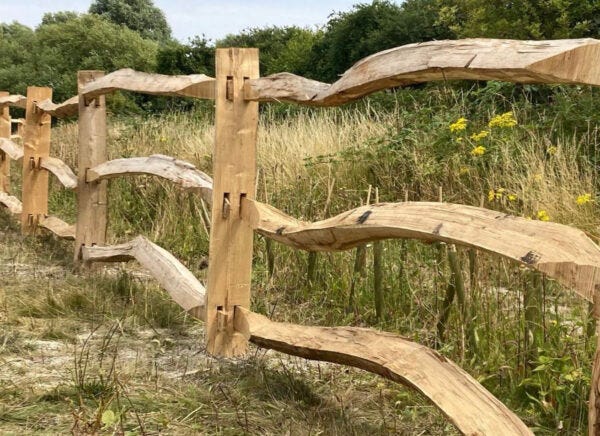
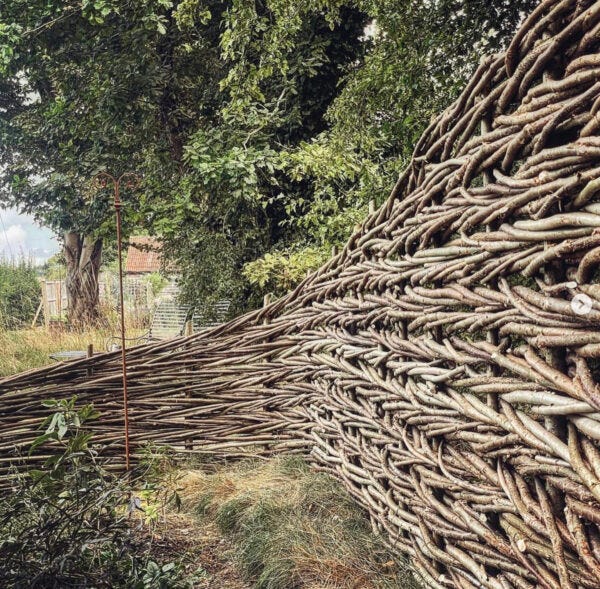
Grow Your Own
Depending on your situation (climate, soil, scale etc), and your desired use, there's a huge variety of options available for coppicing. Whether you have a bit of space and aim to produce cord wood to heat your home, want to try basketry or just desire the feeling of a woodland in a tiny yard, there's a way that coppicing can help.
There are many species of shrubs and trees that will respond well to coppice pruning, including:
hazel (Corylus)
willow (Salix)
birch (Betula)
alder (Alnus)
ash (Fraxinus)
hornbeam (Carpinus)
oak (Quercus)
dogwood (Cornus)
black locust (Robinia)
chestnut (Castanea)
eucalyptus
moringa (sal)
As always, be sure to do a little research to be certain that you’re getting a species that will thrive in your existing conditions, is suitable to your intended use and isn’t invasive (believe me, it will save you time, money and a headache in the future).
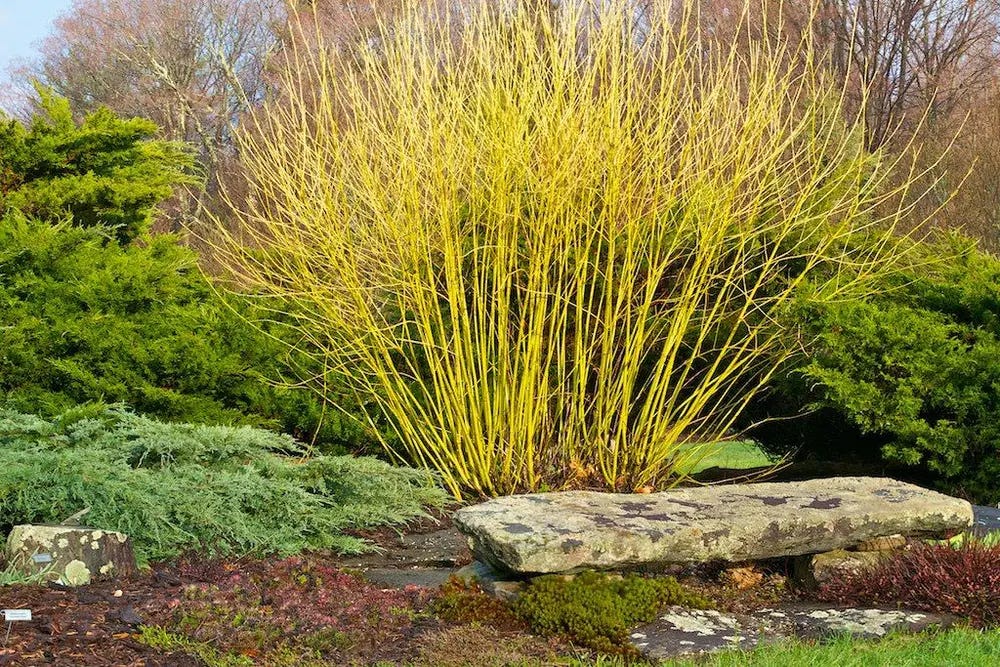

Other Trad Landscape Crafts
There are of course several other ancient crafts and building systems that are seeing a surge in interest and make amazing, sustainable and multi-purpose elements in landscape design beyond the copse. Check these out...
Natural Walls
Adobe, cob and mud brick, rammed earth and dry stone are all natural materials that have been utilized in building structures and walls in the landscape for millennia. These highly adaptive and low impact materials are also being seen in landscape architecture more and more. They offer a low cost, low input way to add hardscape elements with multiple functions.
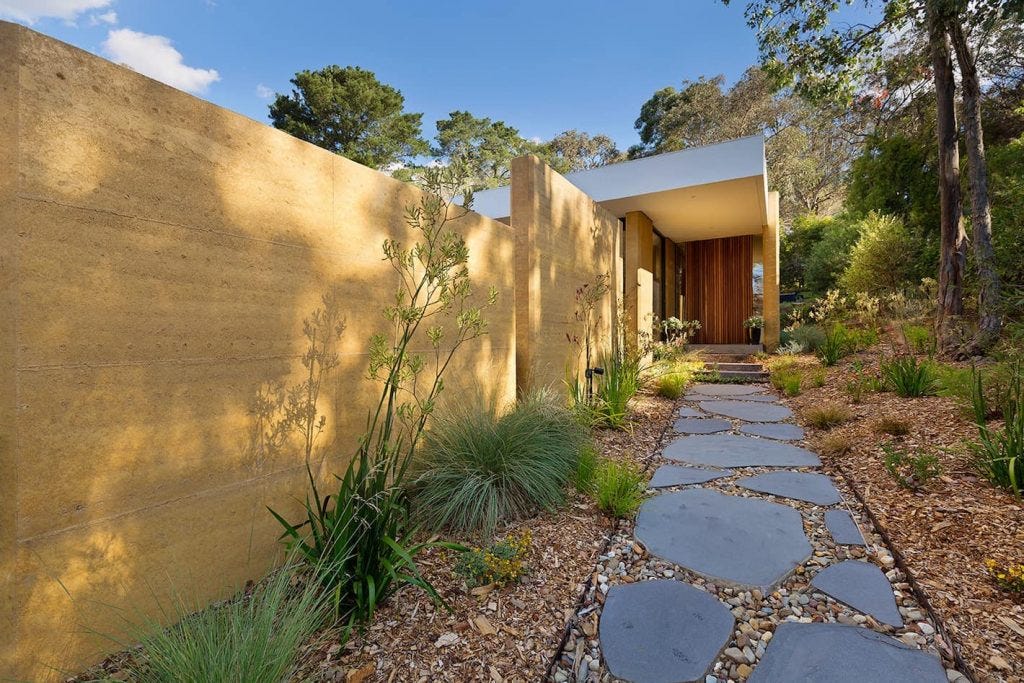

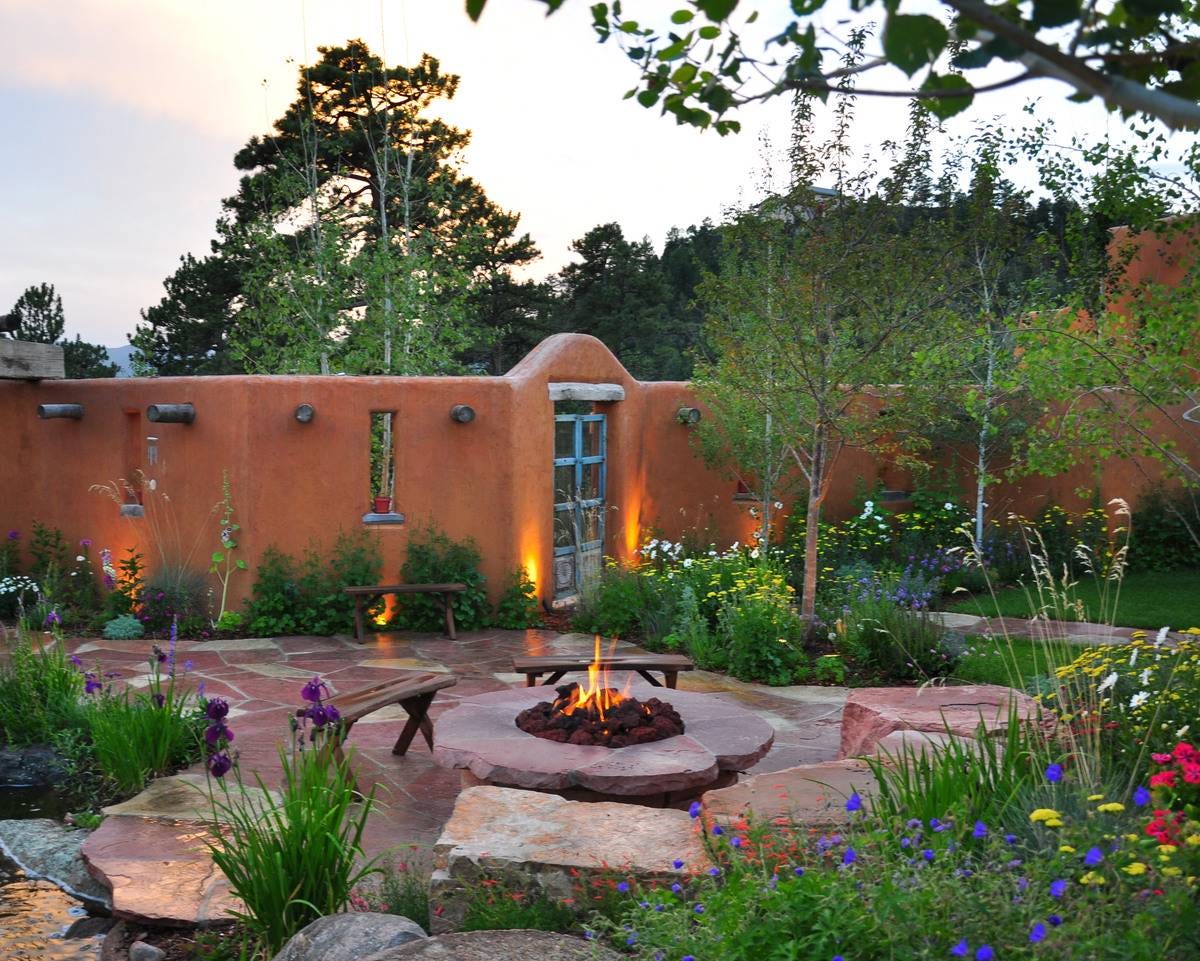
Dead Hedges
A dead hedge, is literally a stack of twigs, branches and other bits of woody material that you might otherwise compost or chip up. Long used as way to corral and fence livestock, they are also a wonderful support for wildlife and fungi in the ecosystem. You've heard of, 'leave the leaves', well branches and other dead wood are just as important in the ecosystem. Plus, their gorgeous, naturally organic forms are only limited by your creativity.
Hedge laying
An age-old way to utilize the vertical reach of many plant materials used in hedging. This art lays that skyward growth horizontally and locks it together in a strong solid and beautiful living fence. Great for habitat and protection but also tremendously evocative.
Resources and Artisans
Here are a few of our favourite coppice craftspeople, helping to keep trad landscape skills alive and thriving.
salixrobotspencerjenkins (Spencer Jenkins)
westcountry_hedgelayer (Paul Lamb)
Sara-Jane & Alicia at Virens Studio
Virens is a landscape studio based in Vancouver, Canada. We specialize in ecological planting design, green urban consultation and freelance garden writing. Join us on Substack and Insta today.


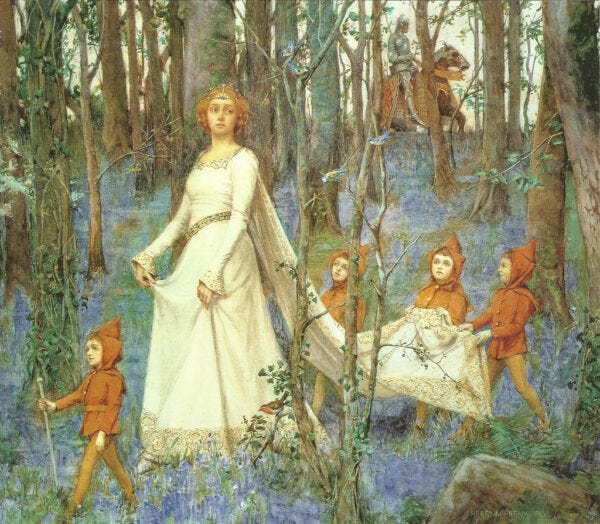

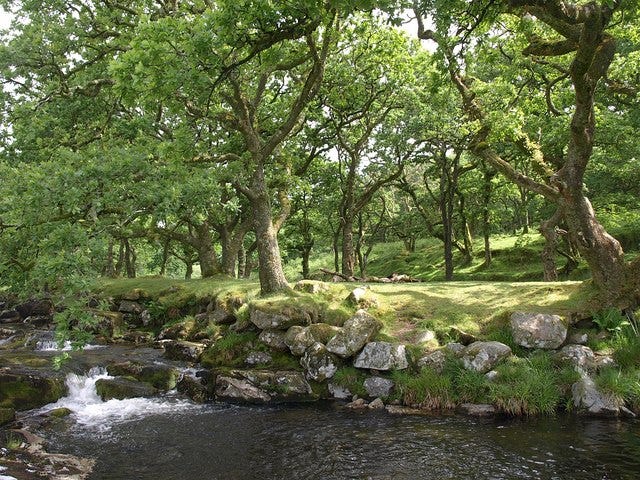

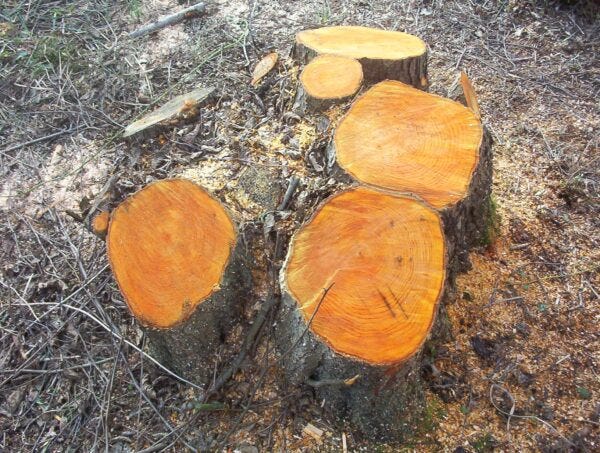

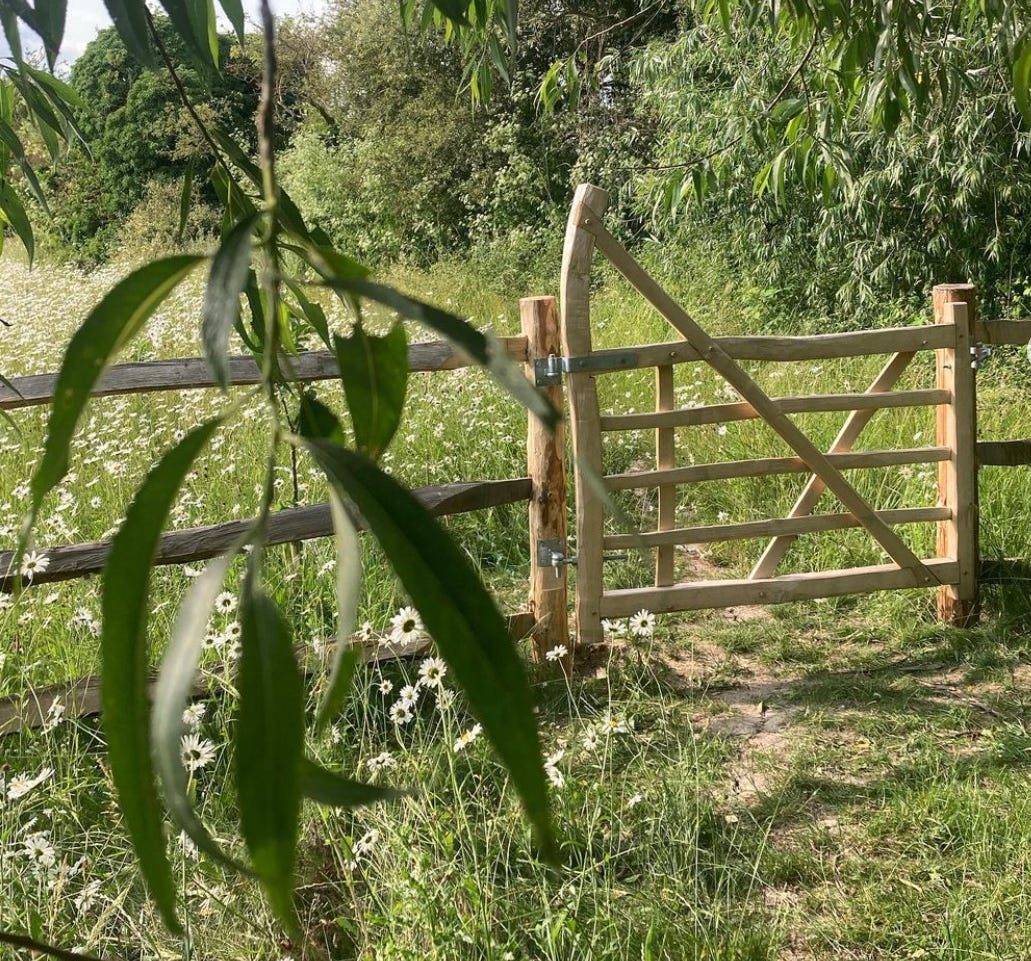
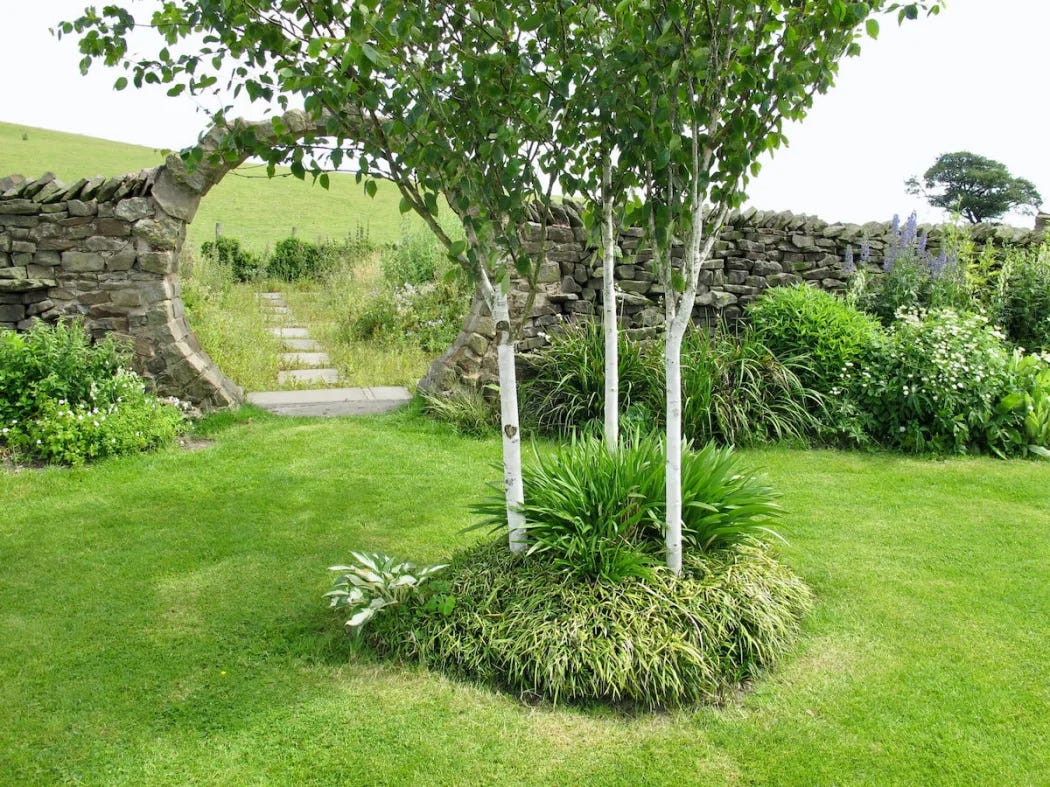
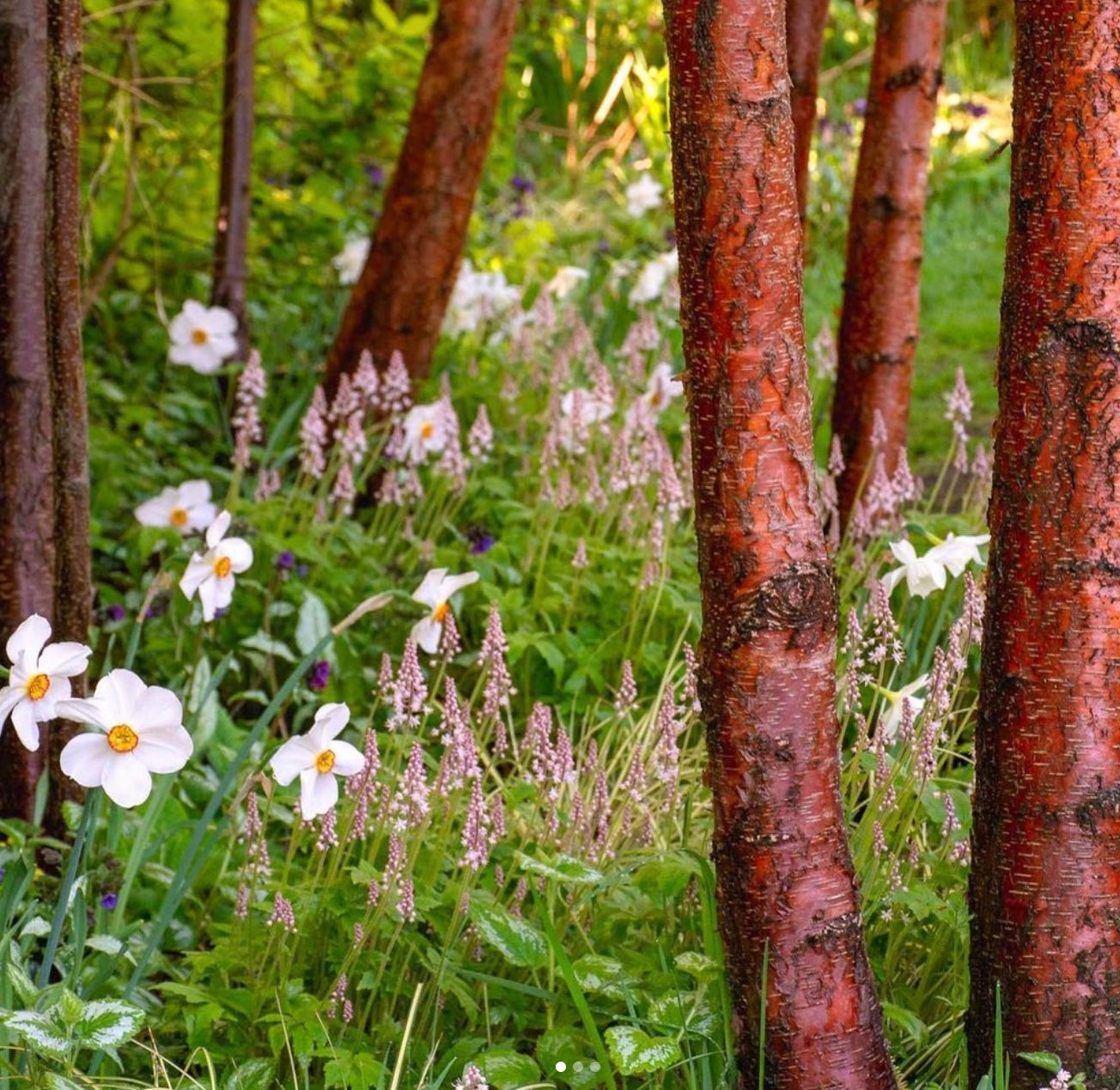
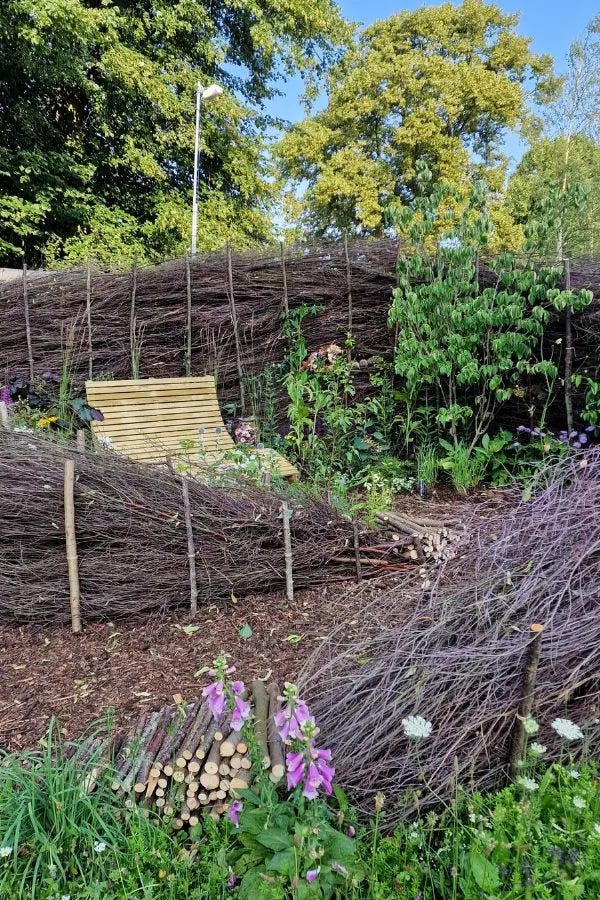

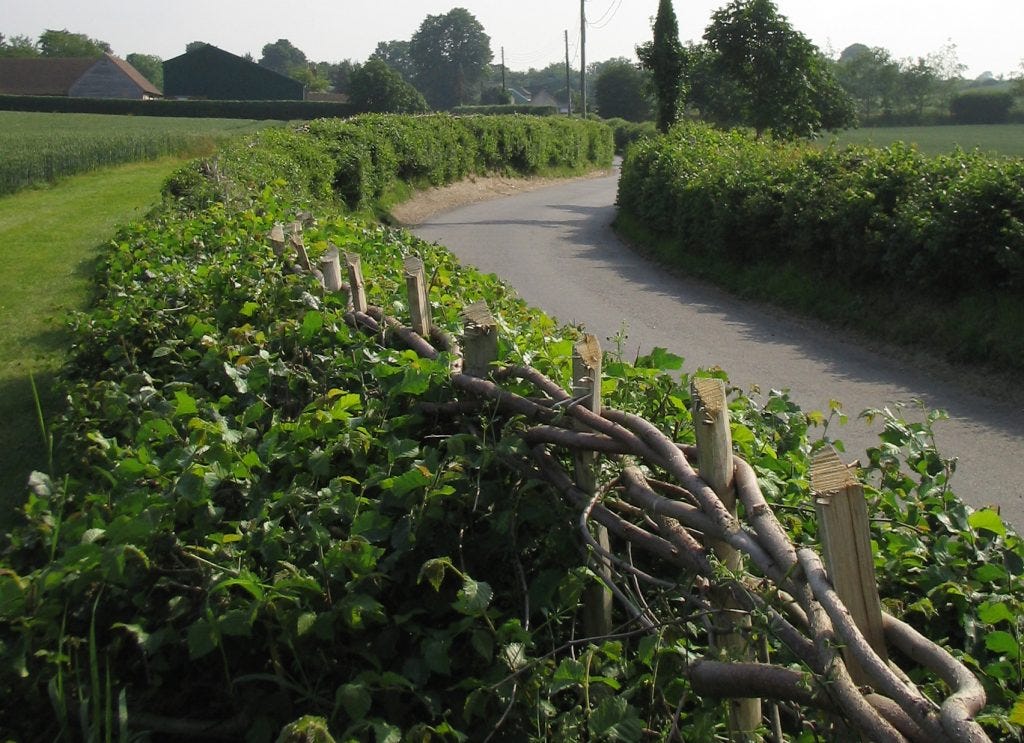
We have a few trees in our garden we are planning to coppice for firewood, but you've given me a few ideas for how I can use it fir landscaping, too. And how different they can all look! Thank you.
So much YAS! We definitely have more conifers here on the West Coast, however there’s also maples alders, etc. and I think the forest industry eventually needs to move towards this. But the practice has just been to cut cut cut and ship ship ship overseas. I first learned about the practice of coppicing through learning about basketry, and was shocked to learn how old some coppiced trees could live to be. Essentially immortal.